In the culinary world, vinegar is far more than just a sour liquid—it’s a transformative ingredient that can elevate dishes from ordinary to extraordinary. One of the most critical factors in determining how vinegar should be used is its acidity level, typically measured as a percentage of acetic acid. While there are countless varieties of vinegar, understanding the role of acidity can help home cooks and professional chefs alike make the most of this versatile condiment. A simple but effective rule of thumb is this: vinegars with an acidity of 6% or lower are ideal for dressings and light applications, while those with 9% or higher are better suited for pickling and preservation.
The distinction between these two categories isn’t arbitrary. Vinegars with lower acidity, such as many wine vinegars or apple cider vinegars, tend to have a milder, more nuanced flavor profile. When used in salads or as a finishing drizzle, they provide brightness without overwhelming the other ingredients. A delicate balsamic reduction or a tangy rice vinegar in a cucumber salad demonstrates how lower-acidity vinegars can enhance freshness rather than dominate it. Their moderate acidity level strikes a balance, making them perfect for uncooked applications where subtlety is key.
On the other hand, high-acidity vinegars serve a different but equally important purpose. With an acetic acid concentration of 9% or more, these vinegars—such as distilled white vinegar or some specialty pickling vinegars—are powerful enough to preserve foods safely. The heightened acidity creates an environment where harmful bacteria struggle to survive, which is why these vinegars are the backbone of pickling brines. Whether you’re fermenting kimchi, preserving jalapeños, or making classic dill pickles, the stronger acidity ensures both safety and that signature tangy punch. It’s not just about preservation, though; the robust acidity can also cut through rich flavors, making it useful in marinades for fatty meats or in sauces where a sharp contrast is desired.
Beyond these broad categories, regional traditions and personal preferences play a significant role in vinegar usage. In some cultures, even lower-acidity vinegars are used for light pickling, while others might employ high-acidity vinegars in small quantities to add a bracing note to dishes. The key is understanding how acidity interacts with other ingredients. For instance, a splash of 5% acidity champagne vinegar might be perfect for a summer salad, but attempting to pickle vegetables with it could result in a mushy, under-preserved product. Conversely, using a 10% acidity vinegar in a delicate vinaigrette would likely make the dish unpalatably harsh.
Experimentation is part of the joy of cooking, but knowing the science behind vinegar’s acidity can prevent culinary missteps. Whether you’re dressing a salad, crafting a marinade, or filling jars with seasonal produce for long-term storage, choosing the right vinegar for the job makes all the difference. By paying attention to that small but mighty number on the label—the percentage of acidity—you can harness vinegar’s full potential in your kitchen.
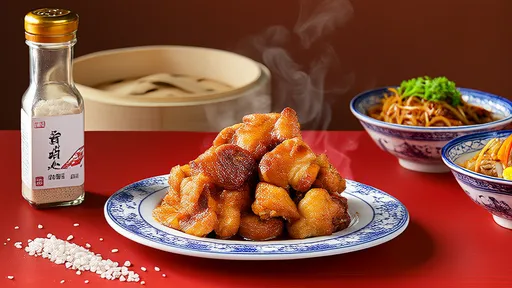
By /Jul 24, 2025
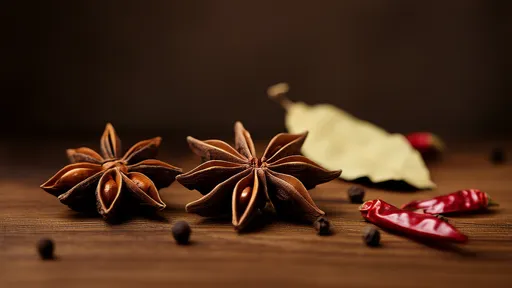
By /Jul 24, 2025

By /Jul 24, 2025
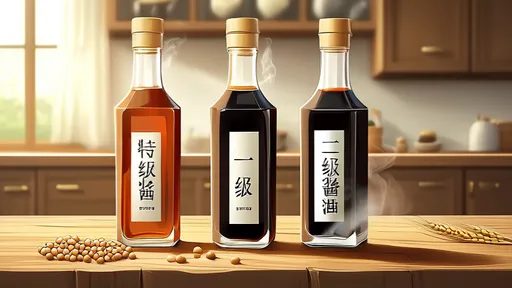
By /Jul 24, 2025

By /Jul 24, 2025

By /Jul 24, 2025
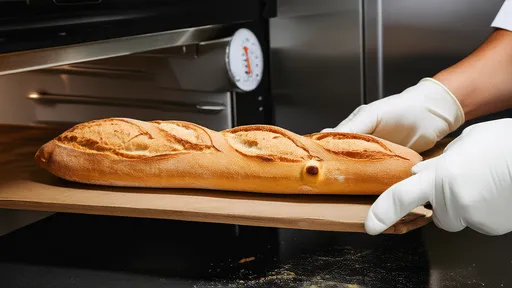
By /Jul 24, 2025
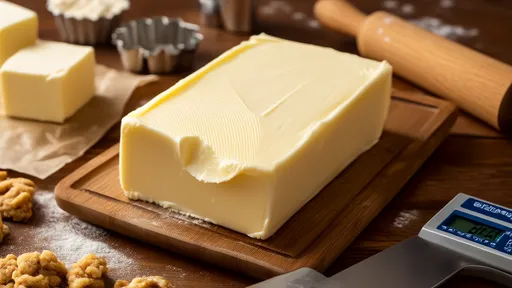
By /Jul 24, 2025
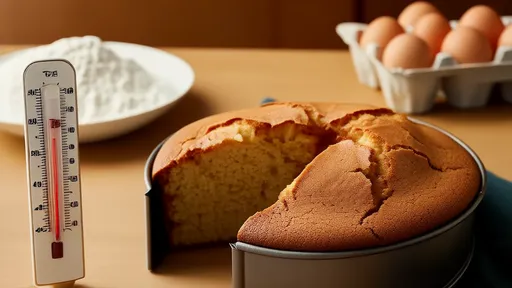
By /Jul 24, 2025
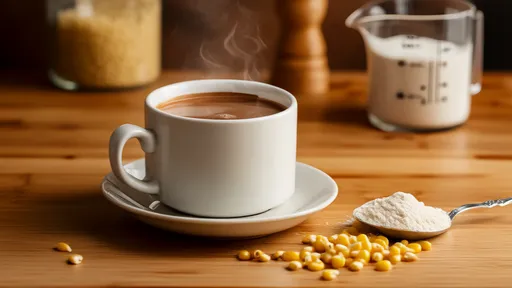
By /Jul 24, 2025

By /Jul 24, 2025
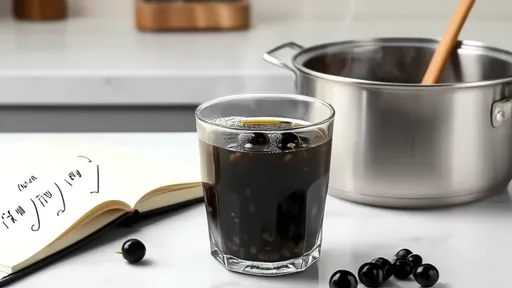
By /Jul 24, 2025

By /Jul 24, 2025
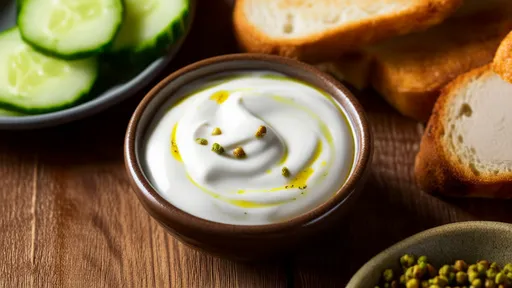
By /Jul 24, 2025
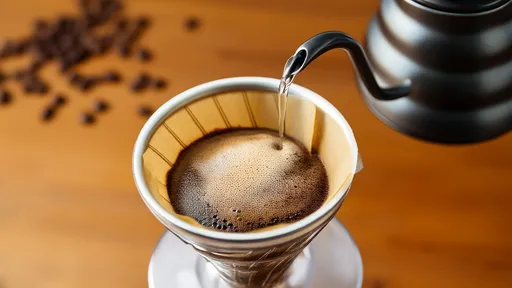
By /Jul 24, 2025

By /Jul 24, 2025
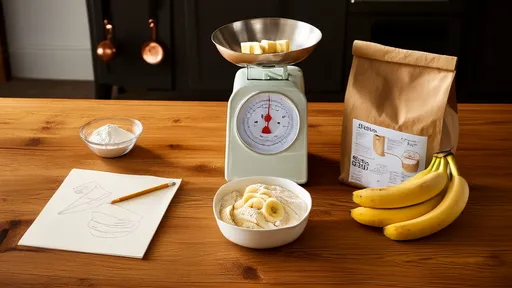
By /Jul 24, 2025

By /Jul 24, 2025